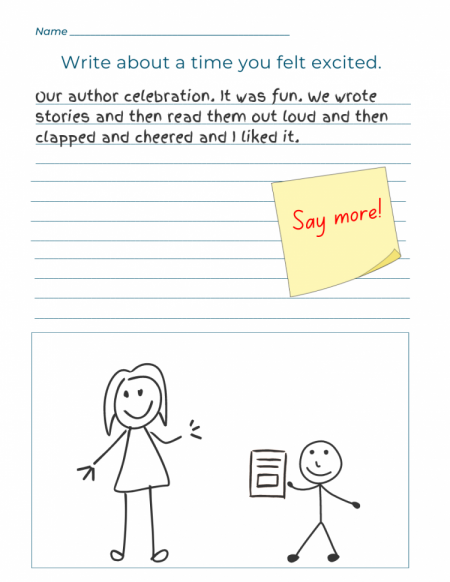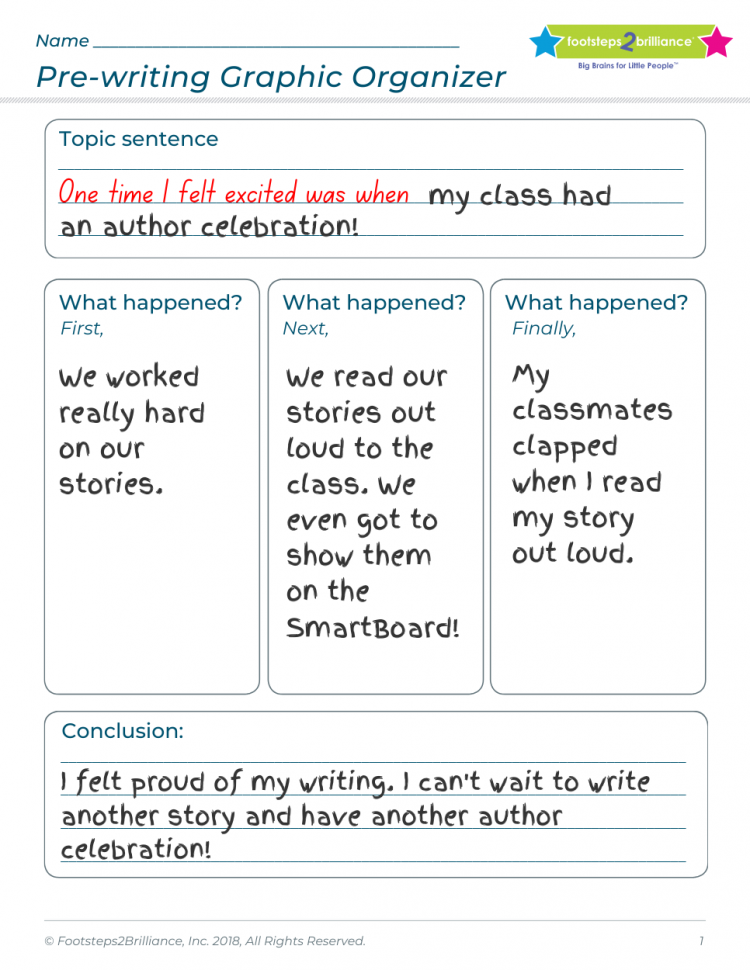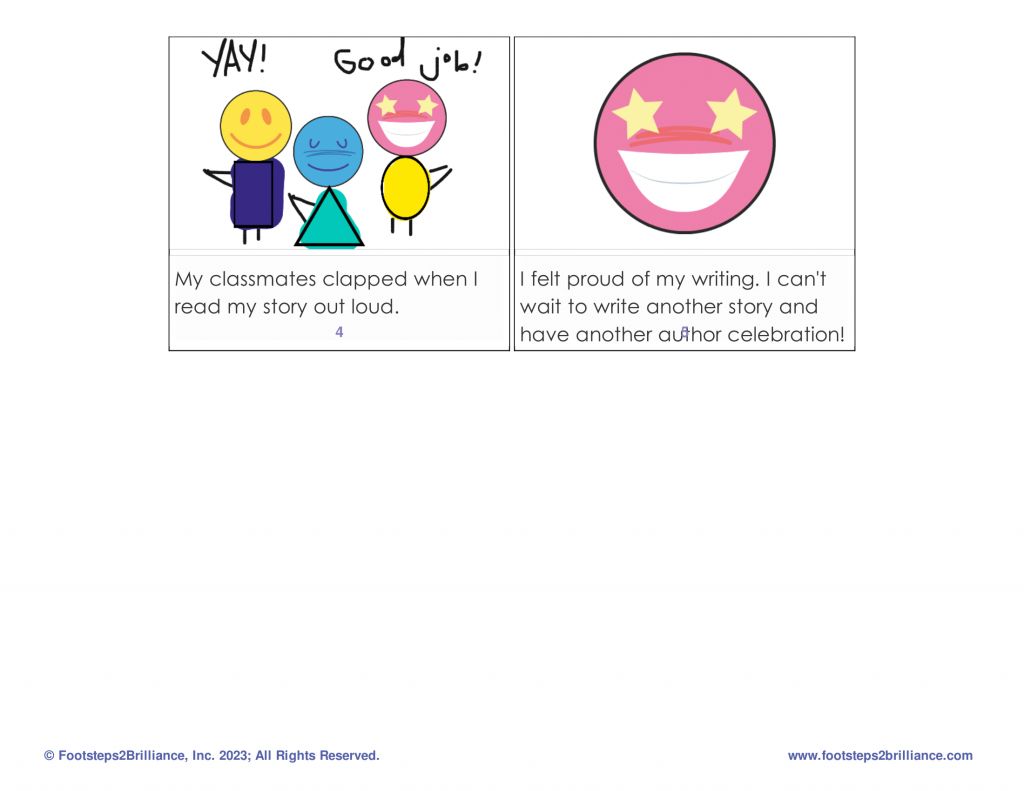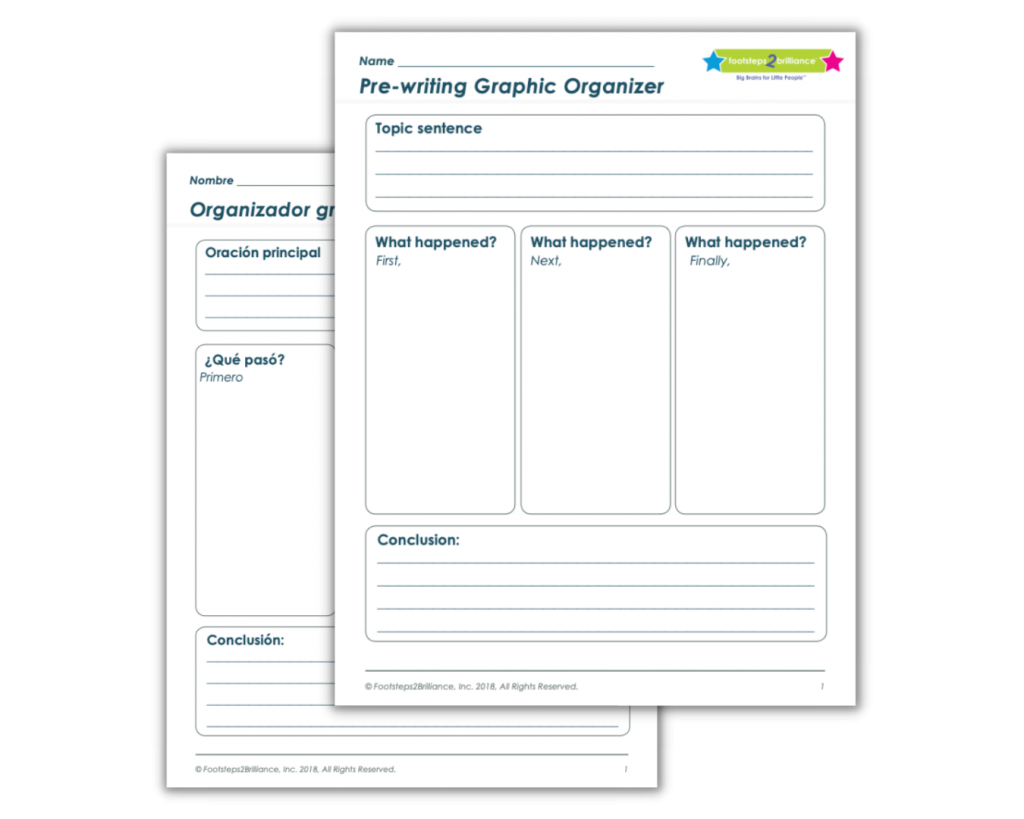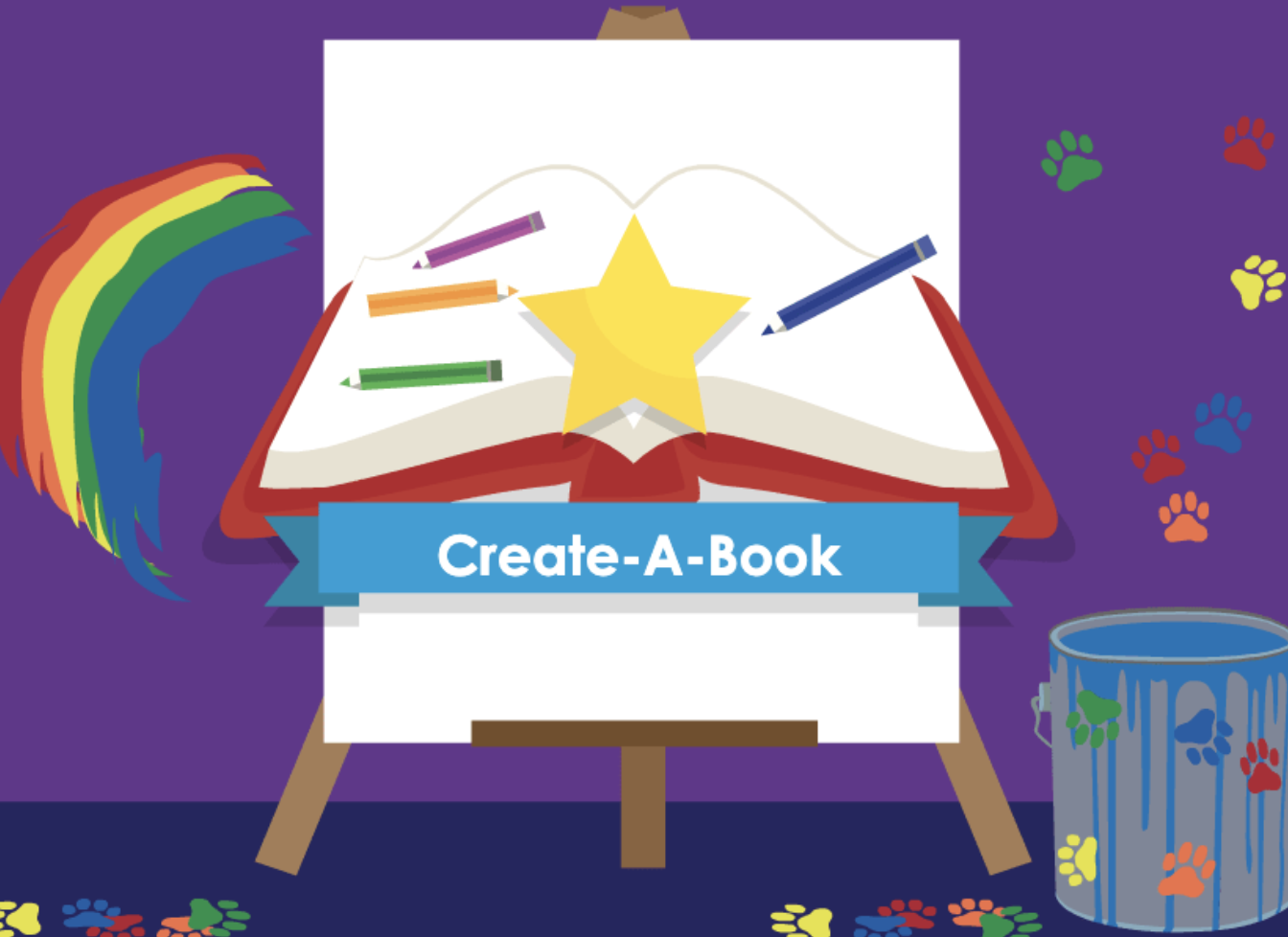Fostering a love of writing is a great way to help your English Learners express themselves! In this week’s Teacher Tip Tuesday, we talk about ways to scaffold writing to make it accessible to all students. We use a social-emotional learning (SEL) connection to encourage self-expression. You can incorporate these strategies into any writing unit to make writing less daunting and more fun! Read through the example lesson below and extend your learning about teaching writing at the end of the post.
How to encourage English Learners to be excellent writers

Let's use the Footsteps2Brilliance book "What Am I Feeling?" to put this week's Teacher Tip Tuesday into action
Step 1: Read and Talk
Read “What Am I Feeling” with your class. You can do this by projecting the book and reading it aloud together, or by assigning students this book in their Footsteps2Brilliance app to read or listen to independently. Then gather the class and facilitate a conversation about emotions.
Step 3: Encourage excellent writing
Use a Pre-Writing Graphic Organizer to help students organize and stretch their thinking. You can scaffold based on the needs of your students with beginning prompts and spelling assistance. Students can revisit the book to help them organize their thinking.
Step 4: Use Create-a-Book to connect to “What Am I Feeling?” and spark creativity. Insertable characters and backgrounds from the book along with the ability to draw their own creations helps students bring their ideas to life! You can publish student work by printing their books to showcase in an author celebration of your own.
Extend your learning
To support professional learning, read more below about writing with young children.
Help writers organize their thoughts before writing to make the process smoother and more accessible. Using graphic organizers is especially helpful because students can reflect on their thinking throughout the rest of the writing process (drafting, writing, and editing). Other helpful scaffolds include word walls and anchor charts displayed around the classrooms. Checklists before, during, and after the writing process help keep students on track.
Regularly share and celebrate students’ work. Author celebrations give students the chance to not only see their peers’ writing, but receive praise and feedback on their own writing. Adult authors write with the knowledge that an audience will one day read their work, and this is no different for our students. This purpose will help them stay motivated throughout the writing process. Fillable certificate
Fillable certificate
Keeping emergent writing development in mind is important as you facilitate “productive struggle.” Knowing that students can’t be expected to jump or skip these developmental stages will help you set appropriately challenging goals and keep expectations realistic. 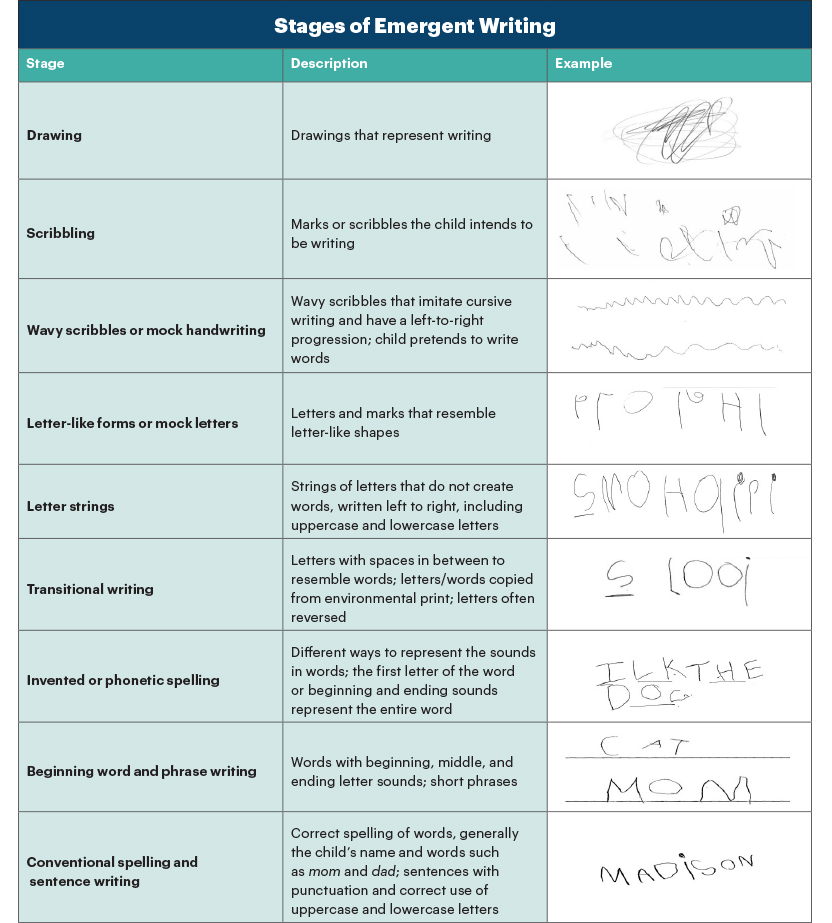 Click to read more about the stages of Emergent Writing from the National Association for the Education of Young Children.
Click to read more about the stages of Emergent Writing from the National Association for the Education of Young Children.
Connecting writing and reading is an effective way to assist in language acquisition. When students are hesitant to write, connecting back to what they’ve enjoyed reading and talking about is a great way to motivate them to push through the difficulties of writing. Regardless of whether they love writing or not, providing avenues for creativity will bring their writing to life. This can be done through dramatic readings, illustrations, collages, and much more, including Footsteps2Brilliance’s Create-a-Book feature.


